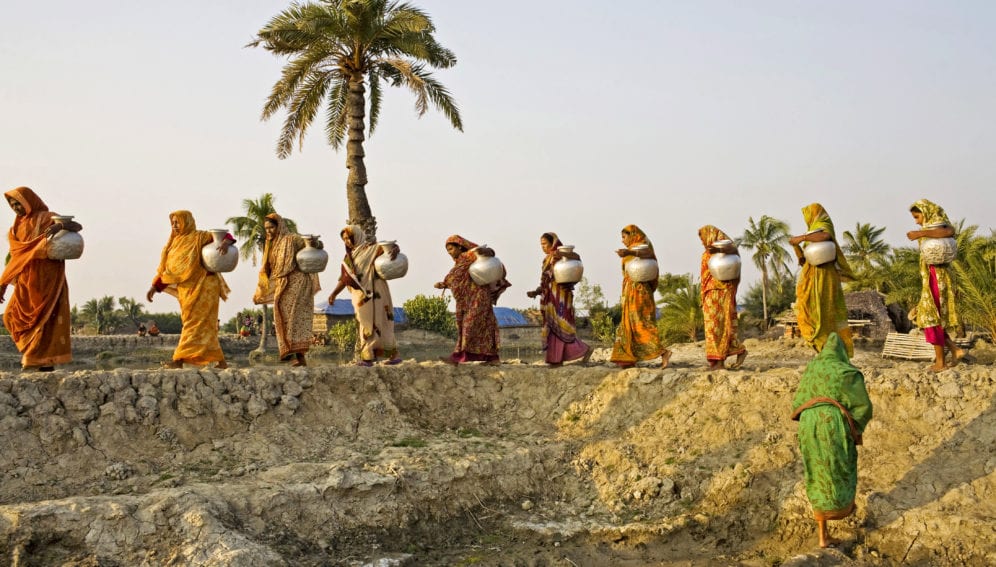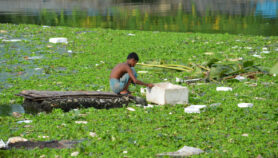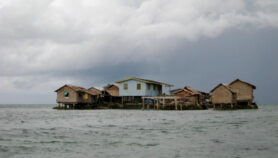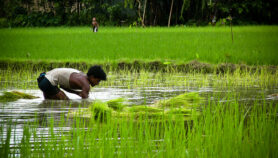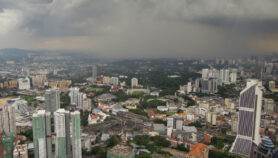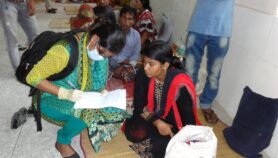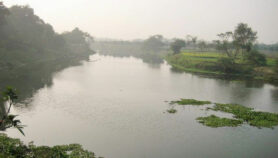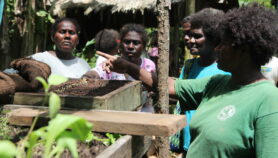By: Saleem Shaikh
Send to a friend
The details you provide on this page will not be used to send unsolicited email, and will not be sold to a 3rd party. See privacy policy.
[ISLAMABAD] Although a deltaic country, Bangladesh faces water scarcity because of unsustainable groundwater extraction practices that exceed recharge rates threatening its food security, says a new study by an international team of researchers.
The study, published this month (June) in the Elsevier journal Science of the Total Environment, found that groundwater storage levels fell by 32 per cent during 2003 – 2013, worsening climate change-related water accessibility for the country’s household, agricultural and industrial sectors.
“Groundwater depletion rate will accelerate further in the coming years as a rapidly growing population withdraws groundwater at higher rates than replenishment”
Mehdi Khaki, Curtin University
“We found that the groundwater storage level had declined by an average pace of 8.73 millimetres per year,” says Mehdi Khaki, research scholar at the School of Earth and Planetary Science, Curtin University, Australia and one of the authors of the study.
The researchers used remote sensing techniques and a hydrological model to separately analyse groundwater and soil moisture variations that were correlated with rainfall and water levels in Bangladesh’s rivers. They also investigated climate change impacts on groundwater storage.
About 75 per cent of Bangladesh’s cultivated land is irrigated with groundwater, according to a previous study. The rest depends on surface water sources such as rivers, catchment areas, wetlands, lakes and ponds.
“Groundwater depletion rate will accelerate further in the coming years as a rapidly growing population withdraws groundwater at higher rates than replenishment,” Khaki says. He also points to the unsustainable groundwater use by the agriculture, industrial, and household sectors, especially during the dry months, which occurs between November and March.
Bangladesh is the seventh most populous country in the world, with a population estimated at close to 160 million and expected to reach 220 million by the year 2050, according to UNFPA. Groundwater is key to Bangladesh’s food production and food security.
Another international study published this month in Agricultural Systems suggests that Bangladesh’s declining groundwater tables, shrinking croplands, sea level rise and a soaring population may result in the country failing to meet its food security goals
.Mohammad Khairul Islam, country director of the WaterAid-UK’s Bangladesh chapter, says groundwater has come under enormous pressure due to large-scale abstraction in recent years, leading to a long-term drawdown of the water table. He describes groundwater use in Bangladesh as “highly inefficient and unsustainable”.Bangladesh Meteorological Department director Shamsuddin Ahmed says the projected temperature rise is expected to increase evapotranspiration (sum of evaporation and plant transpiration), raising water demand that can only be met by greater withdrawal of groundwater.
Khaki suggests an efficient mix of using surface and groundwater resources, increasing rainwater harvesting, introducing water-efficient crop varieties, and urgent groundwater management to halt and reverse the drastic fall in Bangladesh’s water table.
This piece was produced by SciDev.Net’s Asia & Pacific desk.


